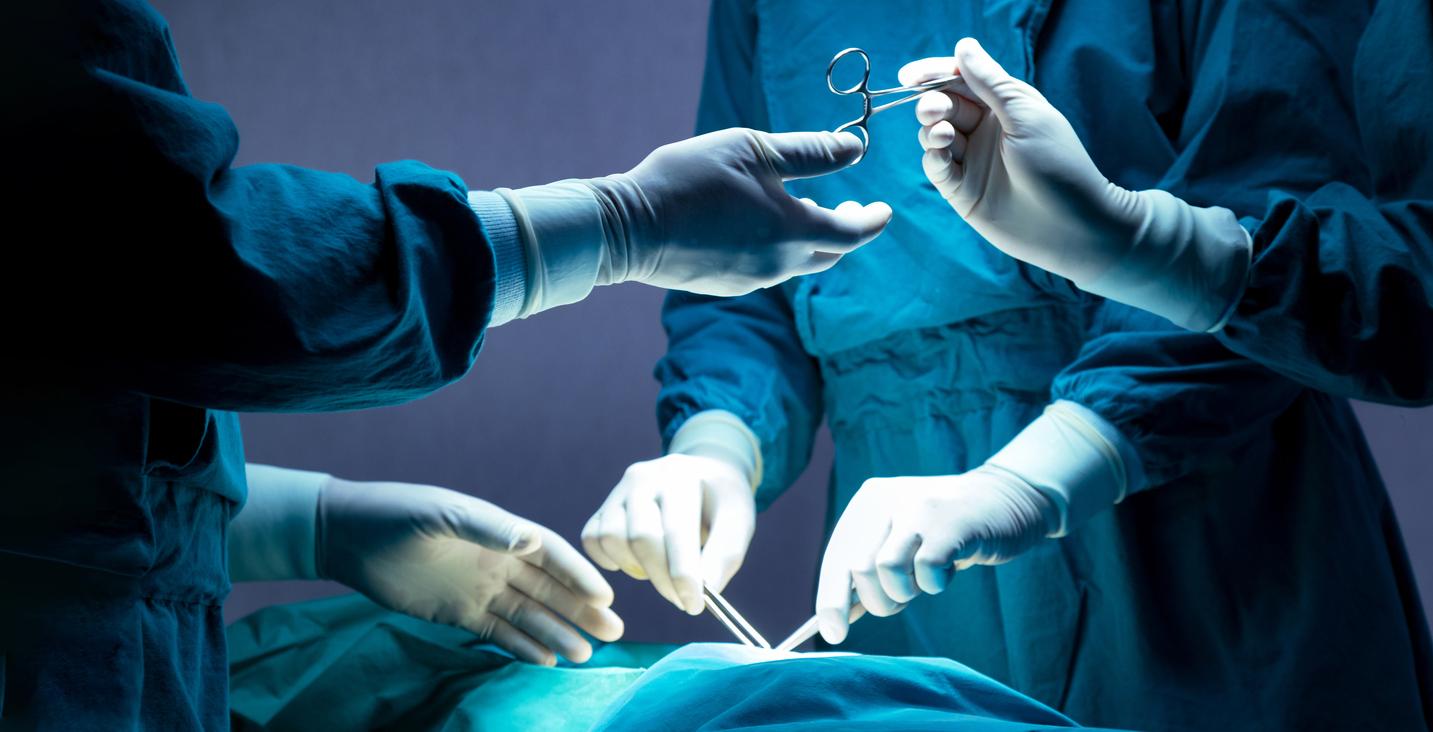When the skin is in good condition, the woman is healthy, she is motivated, ready to go through surgery again, breast reconstruction is possible. “There is no time limit, no urgency. Reconstruction can be envisaged months or even years after the disease … ”, explains Dr Isabelle Sarfati, surgeon specializing in breast reconstruction at the Breast Institute in Paris. Still, this is a course that includes many passages on the operating table. It obviously depends on the requirement on the quality of the result, specific to each woman. “But nothing prevents taking breaks, thinking between two operations, you have to take your time”, insists the surgeon.
Support to make up your mind
“Deciding on reconstruction is not straightforward,” recalls Dr Maryvonne Soulier, senologist, specialist in clinical psychology and sexology at the Montpellier Regional Cancer Institute. Women are under pressure from those around them, they have no not necessarily all the information to choose between several types of reconstruction.We offer them interviews with doctors and psychologists, individually, to allow them to decide for themselves. Some women refuse reconstruction after having wished it, others the reverse. In this place respecting privacy and confidentiality, speech is freed. Emotions and difficulties can be expressed. At one point, the presence of the companion is desired. There are elusive spouses, others who make them feel guilty, others who support tremendously. They too need support. “
Breast reconstruction techniques
The placement of a prosthesis: the skin must be supple and thick enough. It can be considered 6 months after the mastectomy, one year after radiotherapy. Advantages: a proven technique in cosmetic surgery. No risk for future screening. Disadvantages: Both breasts often have to be operated on during the same procedure to ensure symmetry. The formation of a “shell” (hard tissue) exists due to the fragility of the tissues.
The flap technique: can be expected 6 months after a mastectomy or radiotherapy. It’s about tissue removal from the back (more rarely the belly). The downside: a new scar on the back, located under the elastic band of the bra, in less than 30% of cases a feeling of discomfort, a lack of flexibility in the back.
The big novelty, the filling: “It’s the technique that really advances reconstructions,” says Dr Sarfati. An “autograft”, that is to say an injection of fat that is taken from the stomach or any other area loaded with cellulite of the patient. The fat is filtered and reinjected and, thanks to it, the breast is reshaped. Advantages: a “soft”, painless technique for a more natural breast. Well suited for filling depressions after lumpectomy. Or in addition to other techniques. Disadvantage: it is sometimes necessary to make touch-ups, because all the grease does not “take”.
Redraw the areola and the nipple: two areola reconstruction techniques are possible and should be discussed. A skin tattoo is done or a skin graft taken from the inner thighs or the genital area is done. In the latter case, there is volume. The choice is linked to the anatomy. Advantages: The breast looks perfect, almost as before. Disadvantages: it is the last of the interventions, the journey has been long, and some women are content to regain the breast size without wanting to obtain more. The sensitivity of the nipple depends on a nerve that runs through the thorax, which may have been damaged during the cancer intervention.
Talk about breast cancer and share your experience and advice around this pathology on our forum
















